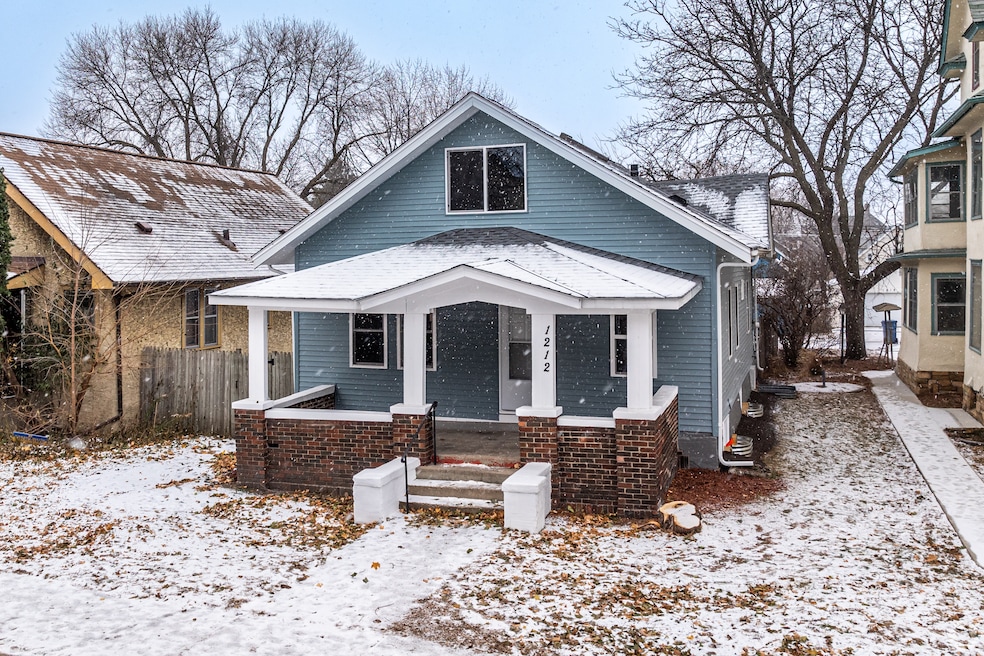With winter creeping in and rooftops in some climes turning into frosty landing pads, homeowners are gearing up for one of the season’s slipperiest chores: shoveling snow off the roof.
While it might look like a simple task — grab a shovel and go — without the right know-how, it can quickly become a risky business.
So, experts in the field, such as Angi Orbann, vice president of personal insurance at Travelers, are urging people to use caution. Orbann said people should look at the accumulation on the roof, while also factoring in the forecast and whether storms that could bring new snow or ice are imminent.
"If several inches worth of heavy, wet snow and ice has accumulated, it’s a good time to clear it — whether you handle it yourself or contact a professional," Orbann said. "It's best to act before a new storm adds more weight, as ice can form under snow layers, making removal more challenging."
Orbann said people in the Northeast and Midwest often experience frequent snowstorms and heavy snowfall and must be sure to clear off their roofs.
However, she added that it's not necessary to remove all snow from a roof. "Leaving at least an inch or two can actually help protect the roof covering and help prevent damage that could cause leaks and structural [damage]."
Know the shape
Harrison Clark, general manager of Triton Roofing & Solar in Colorado Springs, said that in areas where snow is a common issue, such as Vermont or Maine, roofs may be better equipped to handle snow. He said homes there tend to feature steeper roofs. Some are even made of metal, which allows the snow to slide off easily.
His company repairs roofs, including those damaged by excessive snow. Triton also assists with roof maintenance to help prevent damage.
Orbann said while all types of houses can be affected by excessive snow, flat or pitched roofs may require more frequent attention.
"Flat roofs are particularly susceptible to snow accumulation because they don't naturally shed snow like pitched roofs do," she said.
Orbann advises people to hire professionals to help with flat roofs as they have the right equipment and expertise.
"If your flat roof is accessible from inside, you might consider shoveling it yourself but be cautious to avoid damaging the roof surface," she said. "Always stay away from the edges to prevent falls."
She added that on flat roofs, people should focus on removing heavy drifts first to reduce the risk of collapse.
"Work in small sections, starting from the area closest to you and moving upward and inward," Orban said.
With pitched roofs, Orbann said it's best to remain on the ground.
"Use a roof rake with a telescoping handle to clear snow. Avoid climbing onto the roof to prevent slips and falls," Orbann said.
Similar to flat roofs, there is a pattern that's best to follow when clearing off pitched roofs.
"For gabled roofs, start at the ridge and work toward the eaves," she said. "For other pitched roofs, begin at the edge and work upward. Clear snow from gutters and eaves to prevent ice dams."
The risks of leaving snow
According to a safety guide from the Federal Emergency Management Agency, or FEMA, snow can overstress roofs if it’s not removed in time.
FEMA said there are various causes for this, including unbalanced snow loads resulting from drifting and sliding snow.
“When snow accumulates at different depths in different locations on a roof, it results in high and concentrated snow loads that can potentially overload the roof structure,” FEMA said.
Additional risks include snow loads from rain.
“Heavy rainfall on top of snow may cause snow to melt and become further saturated, significantly increasing the load on the roof structure,” FEMA said.
Know the signs of collapse
“Wood and steel structures may show noticeable signs of excessive ceiling or roof sagging before failure,” FEMA said.
Homeowners should look for the following warning signs, according to FEMA:
• Sagging ceiling tiles or boards
• Sprinkler heads deflecting below suspended ceilings
• Popping, cracking and creaking noises
• Doors or windows that can no longer be opened or closed
• Cracks in walls or masonry
• Severe roof leaks
• Excessive accumulation of water at non-drainage locations on low-slope roofs
“If any of these warning signs are observed, the building should be evacuated, and a local building authority or a qualified design professional should be contacted to perform a detailed structural inspection,” FEMA said.
Be careful when clearing and be prepared
"Safety should be your first priority, as snow removal can be a dangerous task," Orbann said. "Additionally, any time you are outside in freezing conditions, you are also at risk for conditions like hypothermia or frostbite. Some best practice tips if you are clearing snow yourself include working with a partner, staying on the ground as much as possible and wearing appropriate attire."
Clark said if people do need to get on a roof, they should take the necessary safety measures. “When it's slick, you could slide off and injure yourself,” Clark said. “I recommend being tied to the roof with a rope and harness.”
Clark also advises being very gentle when using a shovel. “Don't use a lot of force pushing down onto the roof, as you could damage the shingle and scuff the metal coating,” he said. “So, then you’d be susceptible to rust later on.”
Orban stresses the importance of being prepared.
"As the seasons change, it's a great time to consult with a local independent insurance agent and review your coverage," she said. "You want to make sure you have the right protection against weather-related risks to your home and property. Planning ahead can provide peace of mind and safeguard your investment against potential damage from snow and ice."
